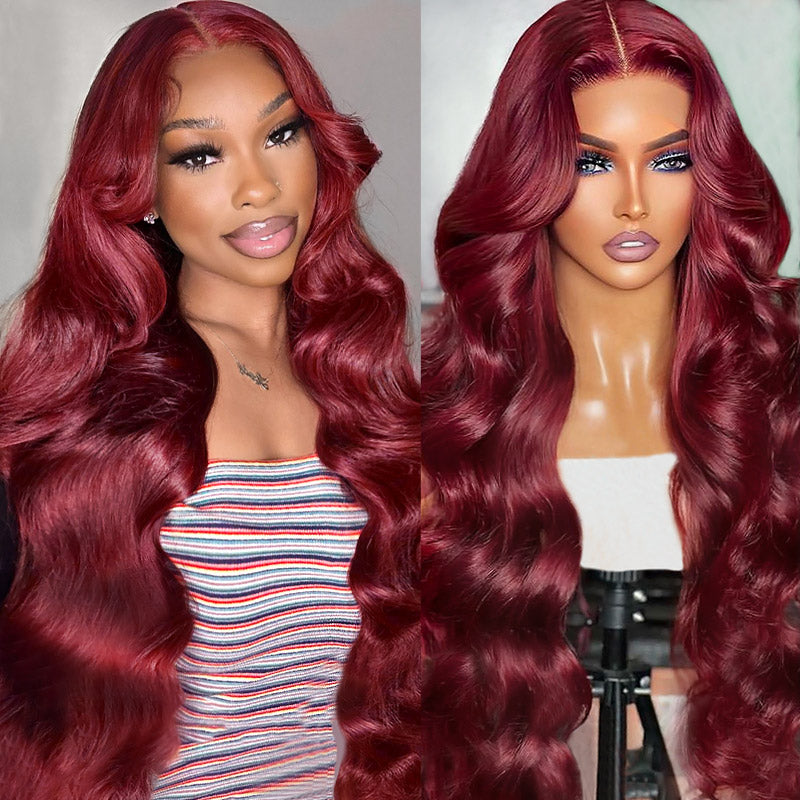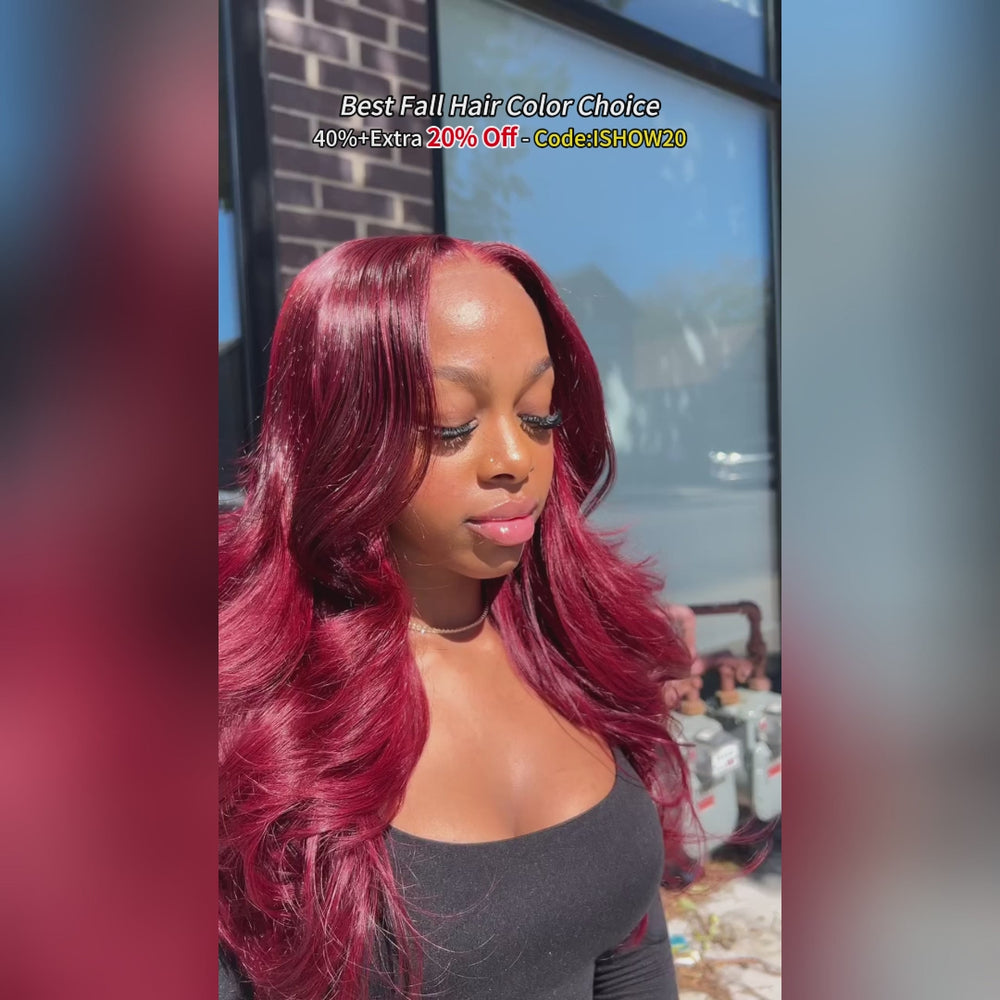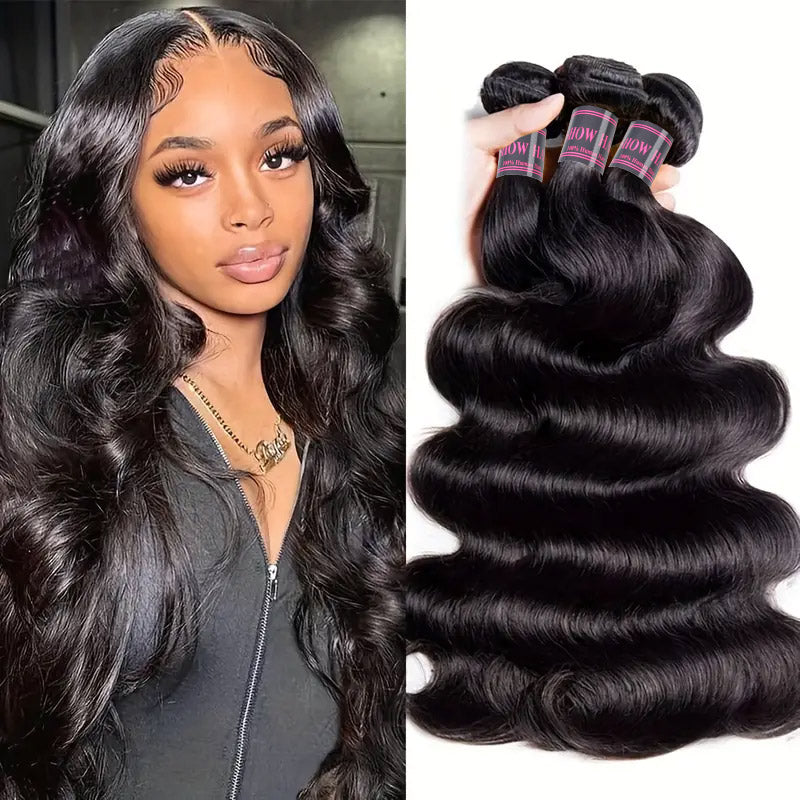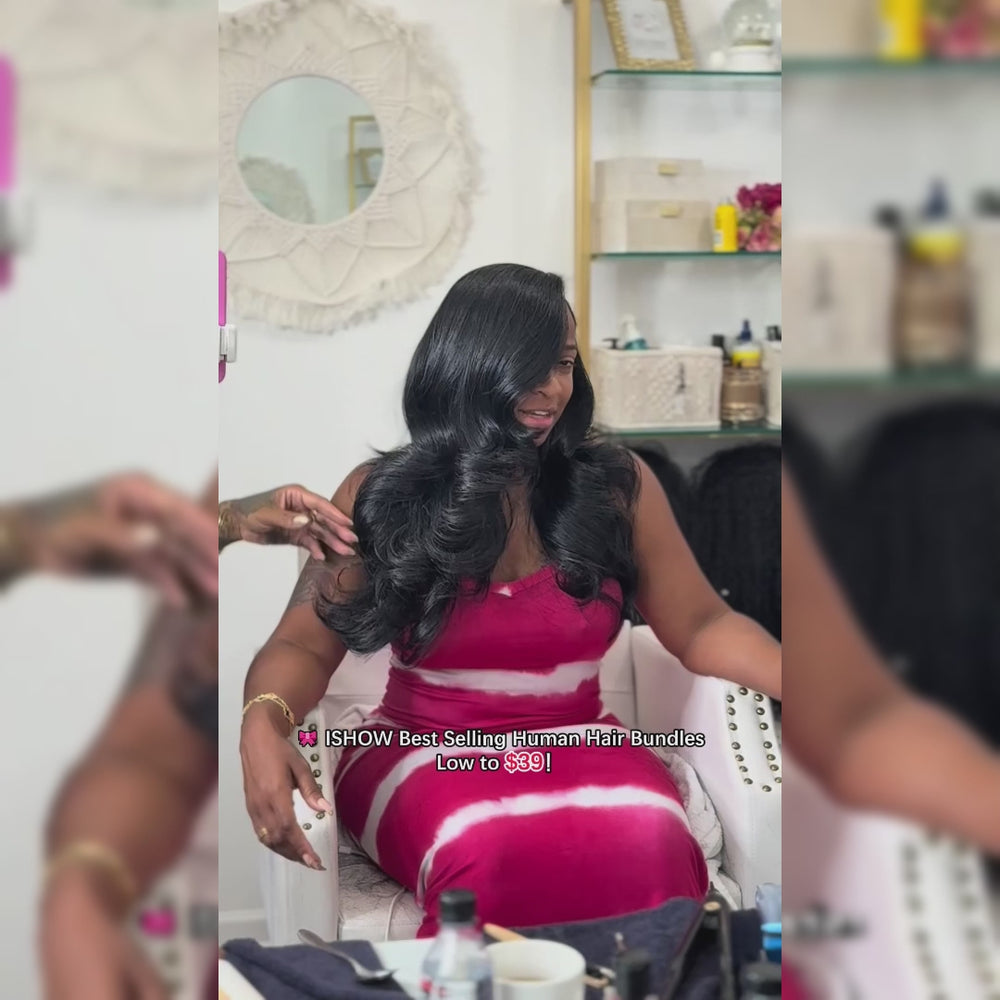How to Wear a Wig: Do's and Don'ts
Wearing a wig can be a fun and versatile way to change your look, but it's important to do it correctly. Knowing the right techniques for wearing a wig can greatly improve both comfort and appearance. This guide outlines the do's and don'ts of wearing a wig, covering everything from preparation to removal, so you can make the most of your wig experience.
Preparing to Wear a Wig
Do's
- Choose the Right Wig Style and Fit
Before wearing a human hair wig, selecting one that matches your face shape, lifestyle, and personal style is essential. Consider important aspects such as length, color, and texture. The fit is just as important; the wig should feel secure without being too tight. Many styles come with adjustable straps, find the right size for your head.
- Clean and Prepare Your Natural Hair
For a comfortable fit, it is important to prepare your natural hair. For those with long hair, braiding it or putting it in a bun can help keep it flat against the scalp. Short hair can be easily smoothed down. Ensure that your hair is clean and free from any products, as this will allow the wig to sit better and last longer.
- Use a Wig Cap for Better Security
A wig cap provides extra security and comfort when wearing a wig. It helps keep natural hair in place and creates a smooth surface for the wig to sit on. Selecting a breathable material like mesh wig caps can ensure comfort throughout the day, especially if the wig will be worn for a long time. They are great for keeping the scalp cool. While silicone edge caps offer extra grip to prevent slipping.
Don'ts
- Avoid Wearing a Wig Over Dirty or Unkempt Hair
Wearing a wig over dirty or messy hair can cause discomfort and may lead to the wig slipping or shifting. Always ensure your natural hair is clean and neatly styled before putting on a wig to achieve the best results.
- Don't Choose a Wig That Is Too Tight or Loose
A poor fit can result in discomfort and an unnatural appearance. Avoid wigs that are too tight, as they can cause headaches and irritation. Similarly, a loose wig may slip off or shift while being worn. Take the time to find a well-fitting wig that feels secure yet comfortable.
Putting on the Wig
Do's
- Secure Your Hair Properly Under the Wig
Before putting on the wig, ensure that your hair is tucked away neatly. Use bobby pins or hair ties to keep any loose strands in place. This step creates a smooth and even base for the wig, allowing it to fit comfortably.
- Position the Wig Correctly on Your Head
When putting on the wig, start by placing it at the front, aligning it with your natural hairline. Then, gently pull it down and back over your head. Make sure the wig covers any visible natural hair and sits comfortably over your ears.
- Adjust Straps or Clips for a Snug Fit
Most wigs come with adjustable straps or clips. Once the wig is in place, make any necessary adjustments to ensure a snug fit. The wig should feel secure without being too tight. Properly adjusting these features will help keep the wig in place throughout the day.
Don'ts
- Don't Rush the Process-Take Your Time
Putting on a wig should not be a rushed task. Hurrying can lead to improper placement and discomfort. Take your time to ensure that the wig is positioned correctly and looks natural.
- Avoid Pulling or Tugging on the Wig During Placement
Be gentle when putting on the wig. Pulling or tugging can damage the fibers and affect the overall look of the wig. Instead, slide it on carefully and make small adjustments as needed.
Styling the Wig
Do's
- Style the Wig as Desired Using Appropriate Tools
Once the wig is in place, you can style it according to your preferences. Whether you want to straighten it, curl it, or wear it as it is, be sure to use tools designed specifically for wig styling. This will help maintain the quality of the fibers and prevent damage.
- Use Products Specifically Made for Wigs to Maintain Quality
Using specialized wig care products can greatly improve the longevity and appearance of your wig. These products are designed to nourish and protect wig fibers without causing damage. Look for shampoos, conditioners, and styling sprays that are specifically made for wigs.
Don'ts
- Don't Use Heat Styling Tools on Synthetic Wigs Unless Specified
Many synthetic wigs can't handle high temperatures from styling tools. Always check the manufacturer's guidelines before applying heat to your wig. It's best to use low-heat settings or, ideally, avoid heat altogether with synthetic wigs.
- Avoid Excessive Manipulation That Can Lead to Tangling
While it might be tempting to run fingers through your wig, too much touching can cause tangling and frizz. Limit manipulation and handle the wig as little as possible to keep it looking its best.
Maintaining the Wig Throughout the Day
Do's
- Check the Wig Regularly for Comfort and Position
Throughout the day, take a moment to check how your wig feels. If it shifts or becomes uncomfortable, adjust it as needed. Regular checks help maintain a polished look and allow for quick corrections when necessary.
- Carry Necessary Supplies for Touch-Ups
Having a small kit with essentials like a comb, brush, and styling spray can be useful for touch-ups during the day. Keeping these items close by allows for quick fixes, ensuring you always look your best.
Don'ts
- Don't Ignore Discomfort; Adjust If Needed
Comfort is key to enjoying your wig all day. If your wig starts to feel uncomfortable, do not ignore it. Adjust the fit or reposition the wig to relieve any pressure points. Ignoring discomfort can lead to headaches, irritation, or even skin issues over time.
- Avoid Exposing the Wig to Harsh Environments
Protect your wig from extreme conditions such as strong winds, humidity, and direct sunlight, as these can all impact its appearance and lifespan.
Removing the Wig
Do's
- Gently Remove the Wig by Lifting It from the Back
When it's time to take off your wig, start by lifting it gently from the back. This method helps prevent pulling on the front and reduces the risk of damaging the wig fibers.
- Store the Wig Properly After Removal
After removing the wig, store it properly to keep its shape and quality. Use a wig stand, box, or bag designed for wig storage. Keep it in a cool, dry place to extend its lifespan.
Don'ts
- Don't Yank or Pull the Wig Off Forcefully
Always remove your wig gently. Yanking or pulling can put stress on the fibers and lead to tangling or breakage.
- Avoid Leaving the Wig in Direct Sunlight or Humid Places
Direct exposure to sunlight and high humidity can cause wigs to fade or deteriorate. Store your wig in a suitable environment to keep it looking fresh and new.
Conclusion
Following the do's and don'ts of wearing a wig can greatly improve both comfort and appearance. From selecting the right fit to properly storing the wig, each step is essential for achieving a natural look. It is possible to enjoy all the versatility and style that wigs offer with attention to detail and care. Make your wig-wearing experience enjoyable, stylish, and long-lasting with the right approach above.














